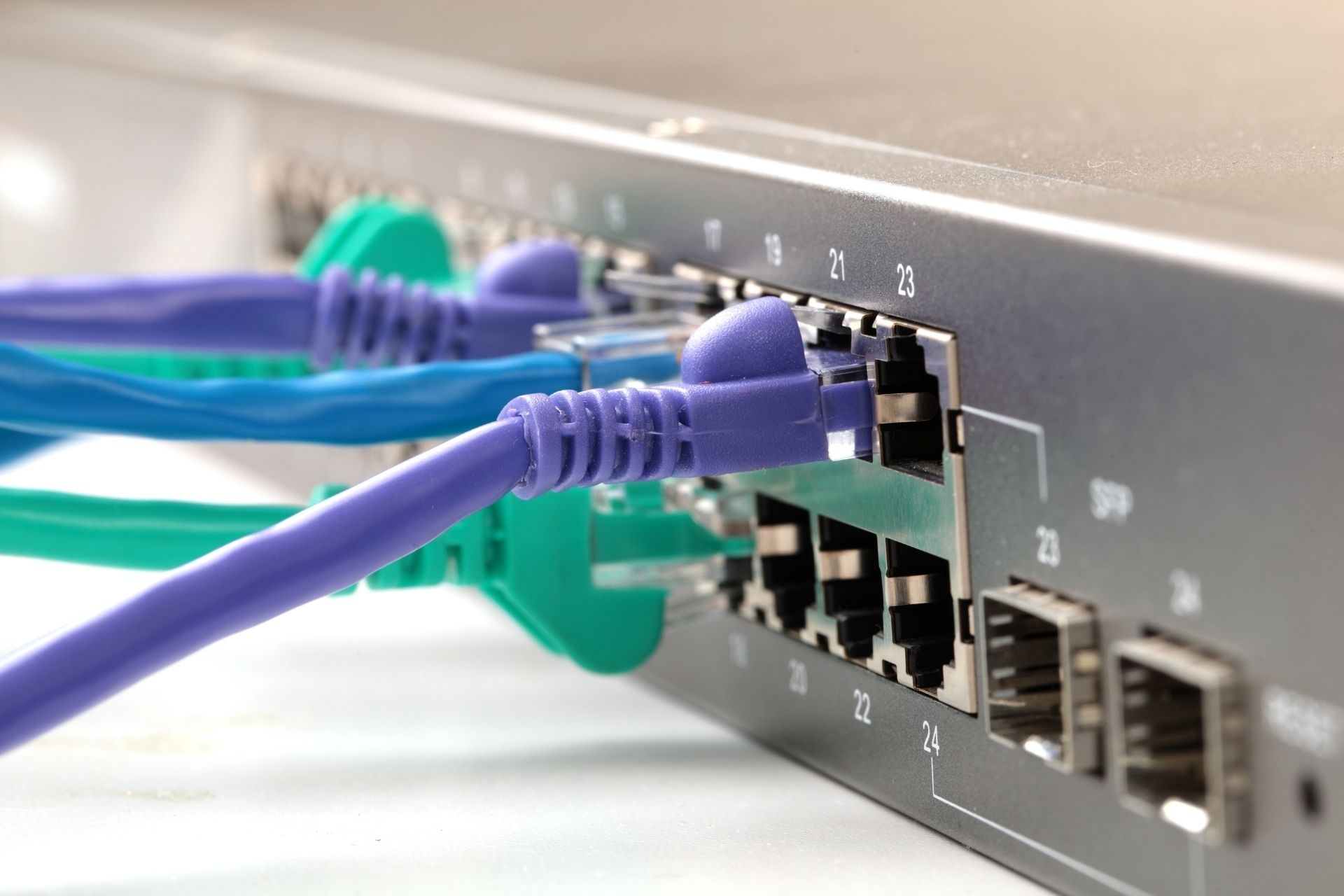

IPTV differs from traditional cable television services in the way content is delivered. While cable TV uses a physical cable connection to transmit signals to a set-top box, IPTV utilizes internet protocol technology to stream content over the internet. This allows for more flexibility in terms of accessing content and enables interactive features such as video on demand.
The main advantages of using IPTV over satellite TV include better picture quality, more channels, and interactive features. IPTV services can offer high-definition content and a wider range of channels compared to satellite TV. Additionally, IPTV allows users to access on-demand content, pause, rewind, and record live TV, which is not always possible with satellite TV.
This post was collaboratively written by four members of our team with a combined 70 years in the cable industry, having worked at the top Cable Companies in the country and having left that industry over the last two years due to the issues described below. Cable companies will want to sell you bulk modems for your multi-tenant property. Why?

Posted by on 2022-12-21
Yes, IPTV services can be accessed on multiple devices simultaneously. Users can watch IPTV content on their TV, computer, tablet, or smartphone at the same time. This flexibility allows for a personalized viewing experience and the ability to watch content on different devices based on preference or convenience.

IPTV handles on-demand content differently from traditional TV services by offering a wider selection of on-demand content and the ability to access it at any time. With IPTV, users can choose from a library of movies, TV shows, and other content to watch whenever they want. This contrasts with traditional TV services, which may have limited on-demand options and specific time slots for viewing.
MDU Internet Infrastructure Used Currently For Commercial Applications in 2024
The role of a set-top box in an IPTV setup is to decode and display the IPTV content on a television screen. The set-top box connects to the internet and receives the IPTV signals, which it then processes and displays on the TV. Some set-top boxes also have additional features such as recording capabilities, interactive menus, and access to apps.

IPTV uses multicast technology to deliver content efficiently by sending data packets only to the users who request them. Multicast technology allows for the simultaneous transmission of data to multiple recipients, reducing network congestion and ensuring a smooth viewing experience for IPTV users. This efficient delivery method helps to optimize bandwidth usage and improve overall service quality.
Specific security concerns associated with using IPTV services include the risk of unauthorized access to content, potential for piracy, and privacy issues. Since IPTV content is delivered over the internet, there is a possibility of content being intercepted or accessed by unauthorized users. Additionally, the sharing of IPTV subscriptions or the use of unauthorized IPTV services can lead to copyright infringement and legal consequences. Users should be cautious when accessing IPTV services and ensure they are using legitimate and secure platforms.

MDU internet infrastructure plays a crucial role in supporting IoT devices and smart home technologies by providing a reliable and high-speed network connection that enables seamless communication between various devices. This infrastructure typically includes fiber-optic cables, routers, switches, and access points that ensure a stable and secure connection for smart devices to interact with each other and with cloud-based services. Additionally, MDU internet infrastructure often incorporates protocols such as Zigbee, Z-Wave, and Bluetooth Low Energy to facilitate the connectivity of IoT devices within a smart home ecosystem. By leveraging this advanced infrastructure, residents in multi-dwelling units can enjoy the benefits of home automation, energy efficiency, and enhanced security through the integration of smart devices like thermostats, lighting systems, security cameras, and voice assistants. Overall, MDU internet infrastructure serves as the backbone for enabling the seamless operation of IoT devices and smart home technologies in modern residential settings.
MDU internet infrastructure projects are typically funded and financed through a combination of private investments, government grants, loans, and partnerships with telecommunications companies. These projects may also receive funding from organizations focused on expanding broadband access in underserved areas. Additionally, some MDU internet infrastructure projects may be financed through tax incentives or subsidies provided by local, state, or federal governments. Overall, the funding and financing of MDU internet infrastructure projects involve a complex network of stakeholders and financial resources to ensure the successful implementation of high-speed internet services in multi-dwelling units.
Internet Service Providers (ISPs) can effectively manage bandwidth in Multi-Dwelling Unit (MDU) environments by implementing Quality of Service (QoS) protocols, utilizing bandwidth shaping techniques, and deploying network monitoring tools. By prioritizing traffic based on specific criteria such as application type, user, or time of day, ISPs can ensure that critical services receive the necessary bandwidth while non-essential traffic is limited. Bandwidth shaping techniques such as traffic shaping, rate limiting, and packet prioritization can help regulate the flow of data within the network, preventing congestion and ensuring a consistent user experience for all residents. Additionally, network monitoring tools can provide real-time visibility into network performance, allowing ISPs to identify and address bandwidth issues proactively. By combining these strategies, ISPs can optimize bandwidth utilization in MDU environments, improving overall network performance and customer satisfaction.
Residents of MDUs have access to a variety of support channels for internet-related issues and inquiries. These support channels may include a dedicated customer service hotline, online chat support, email support, and in-person support at a local office or service center. Additionally, residents may be able to find helpful resources on the provider's website, such as troubleshooting guides, FAQs, and community forums. Some providers may also offer support through social media platforms or mobile apps. Overall, MDU residents have a range of options available to them when seeking assistance with their internet services.
MDU broadband solutions, also known as multi-dwelling unit broadband solutions, differ from single-family residential deployments in several key ways. MDU broadband solutions are specifically designed to meet the unique needs of apartment buildings, condominiums, and other multi-unit residential complexes. These solutions often involve the installation of fiber-optic networks, Ethernet connections, and wireless access points to provide high-speed internet access to multiple units within the same building. In contrast, single-family residential deployments typically involve the installation of a single internet connection for a standalone house. MDU broadband solutions may also include features such as centralized management systems, bulk billing options, and shared amenities to accommodate the needs of multiple residents living in close proximity. Additionally, MDU broadband solutions often require specialized equipment and installation techniques to ensure reliable connectivity in a densely populated environment.
ONTs in MDU fiber optic installations are typically deployed and managed using a centralized approach, where a main distribution frame (MDF) is utilized to connect multiple ONTs within the building. The ONTs are installed in each individual unit or apartment, with fiber optic cables running from the MDF to each ONT location. Once installed, the ONTs can be managed remotely through a network management system, allowing for easy monitoring and troubleshooting of the network. This centralized management approach ensures efficient deployment and maintenance of the ONTs in MDU fiber optic installations.